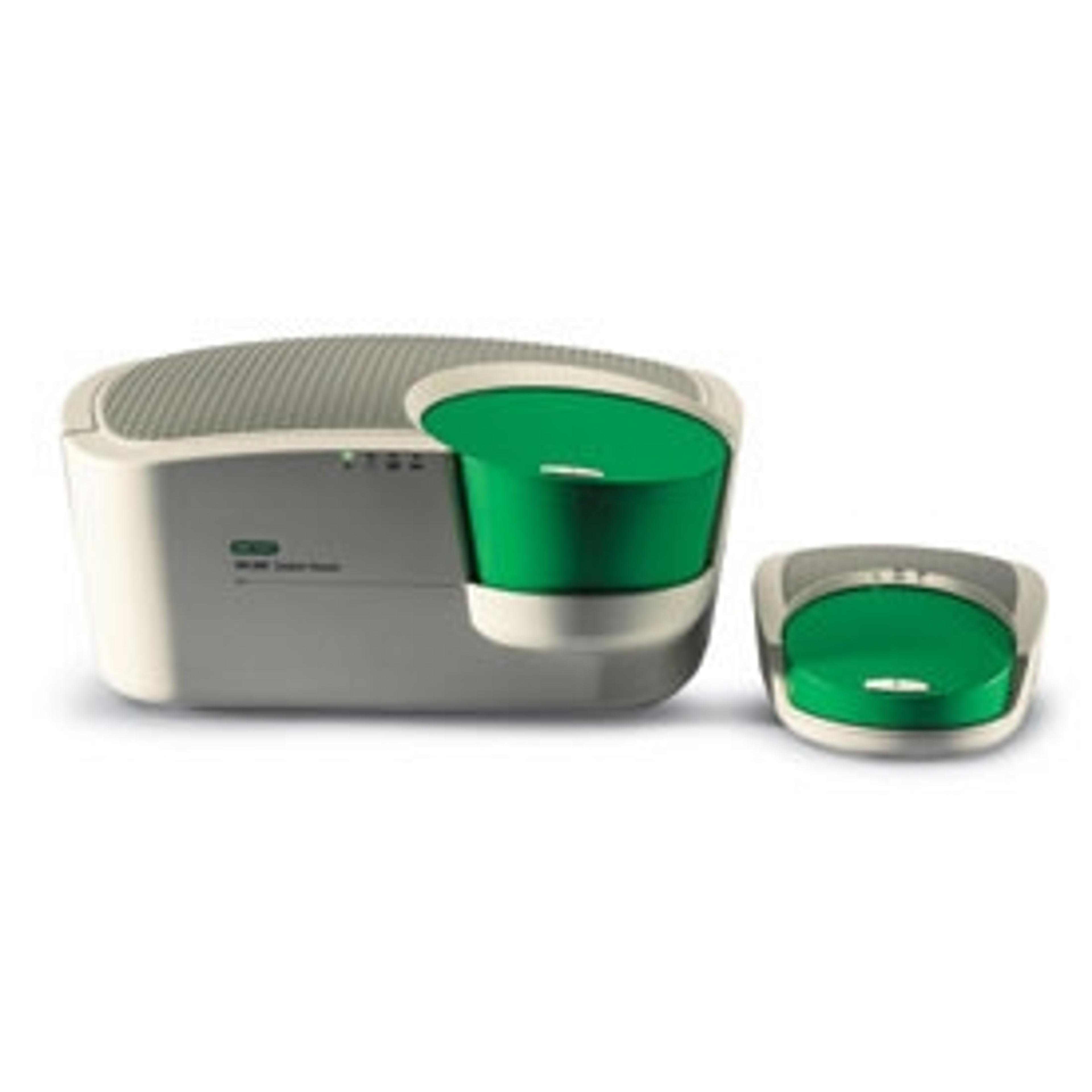A Spotlight on 8 Technologies Advancing Cancer Diagnostics and Therapeutic Monitoring
From 3D tissue profiling to intelligent surgical tools, discover some of the latest innovations set to revolutionize diagnostics in cancer
1 Oct 2018

The ability to treat cancers with personalized therapies has advanced rapidly over the past decade, and the scope of these technologies will continue to evolve. Nevertheless, the dynamic nature of cancer’s genetic landscape is such that resistance or relapse is frequent, where tumors adopt strategies to survive. With this is mind, some of the greatest gains over the next few years are likely to be in early intervention and better diagnostics.
In this special feature, we explore the cutting-edge technologies — such as powerful data analysis, highly-sensitive liquid biopsy tools, 3D tissue profiling, ‘intelligent’ surgical devices, and advanced sequencing strategies — that are enabling more effective targeted treatments to influence better patient outcomes.

Liquid biopsies: Cell-free DNA detection in lung cancer patients
With current diagnostic regimens, it is usually only possible to identify mutations after tumor growth or spread. The solution? Earlier detection and more sensitive monitoring techniques. How? Droplet digital PCR – to quantify and track mutational changes in low levels of cell free (cf) tumor DNA in the blood. Read this article to discover how one institute in Brazil has implemented this next-generation technology to rapidly identify and monitor T790M, L858R, and chromosome 19 mutations in lung cancer patients.
Flow cytometry: Detecting immune dysregulation to combat resistance
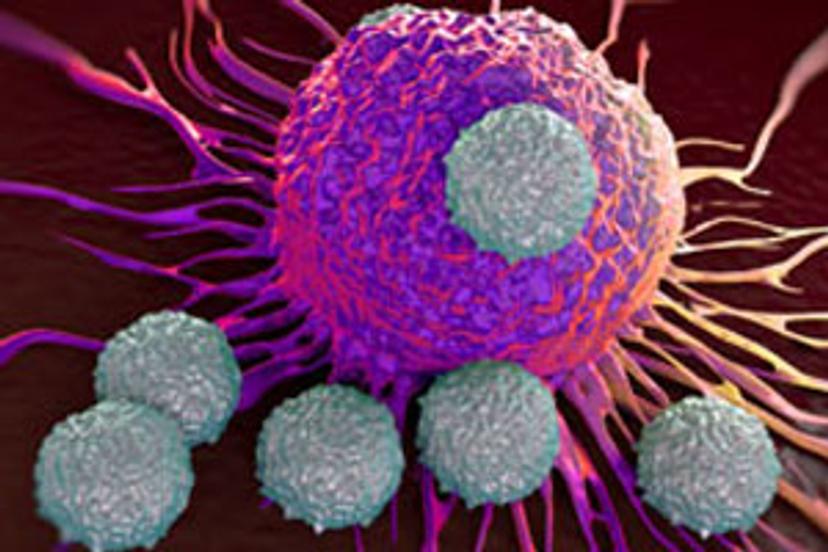
Immunotherapy is the most recent addition to the cancer therapeutic armamentarium. CAR-T therapy for example, a revolutionary gene-based technique that modifies and re-awakens host T cells, has seen fantastic results in leukemias and lymphomas. The use of checkpoint inhibitors, such as nivolumab and pembrolizumab, has been validated in more types of cancer over the last year and finally, tumor or host-cell vaccines certainly hold promise for the future.
Despite these advances, the tumor microenvironment positions itself as a resistance mechanism in over two thirds of patients. Cancer cells are able to modify host cells to assist its survival by creating an immunosuppressive shield; leaving tumors ‘hiding in plain sight’. Read this article to find out how scientists are quantifying and targeting MDSCs, myeloid derived suppressor cells, with multi-parametric flow cytometry to break down this barrier and overcome resistance to immunotherapies.
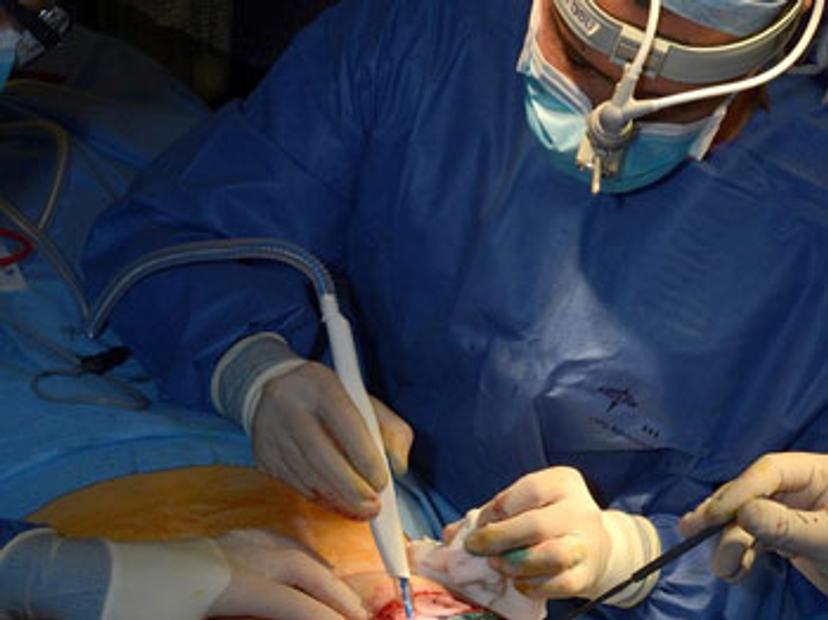
The iKnife: Transforming the cancer surgery paradigm
Surgery is a routine part of most cancer treatment regimens, but it’s often extremely difficult for surgeons to remove the diseased tissue in its entirety and avoid surgical spill. Research recently published in the British Journal of Cancer has generated excitement around the latest surgical technology: the iKnife. This potentially game-changing device is able to detect the type of tissue being resected in near real time.
It is hoped that this concept, founded at Imperial College London, and based on electrosurgery vaporization of tissue followed by mass spectral analysis, will provide new direction in surgical oncology, and that it may even have the potential to be used at the point of care. Read our interview with consultant surgeon James Kinross, who has been heavily involved in iKnife clinical trials.
Next-generation sequencing: Improving output with proper tissue handling

The expansion of next-generation sequencing in the clinical setting is largely due to major improvements in reliability and data management. Over the past decade, NGS has allowed for the identification of novel genetic variants and driver mutations, elucidating new targets for drug development. NGS has also enabled researchers to identify more informative predictive and prognostic biomarkers for therapy.
The largest sequencing research project in the world, the 100,000 Genomes Project, began in 2012 as part of Genomics England’s goal to drive better diagnoses and treatment decisions. The study also aims to establish better protocols for ‘genome friendly’ handling of tissue. Watch this fascinating presentation, from the European Biobanking week in Antwerp, to discover how to implement proper quality control in biobanking workflows for NGS, and how the tapestation 4200 by Agilent can be used to achieve high-quality reads and output data.

Mass spectrometry imaging: Routine 3D tissue analysis is becoming a reality
Mass spectrometry imaging is an innovative step forwards in the field of spectral analysis. By analyzing the spectra of individual molecules in tissue, a 3D chemical map can be generated. The technology can be used, for example, to identify hypoxic regions in tumors, characterize spheroids and measure changes in the tumor microenvironment (TME). With the latest ecthnology, these types of measurements can be performed in a high-throughput manner, bringing the possibility of routine 3D tumor analyses into question. Watch this video to find out more.
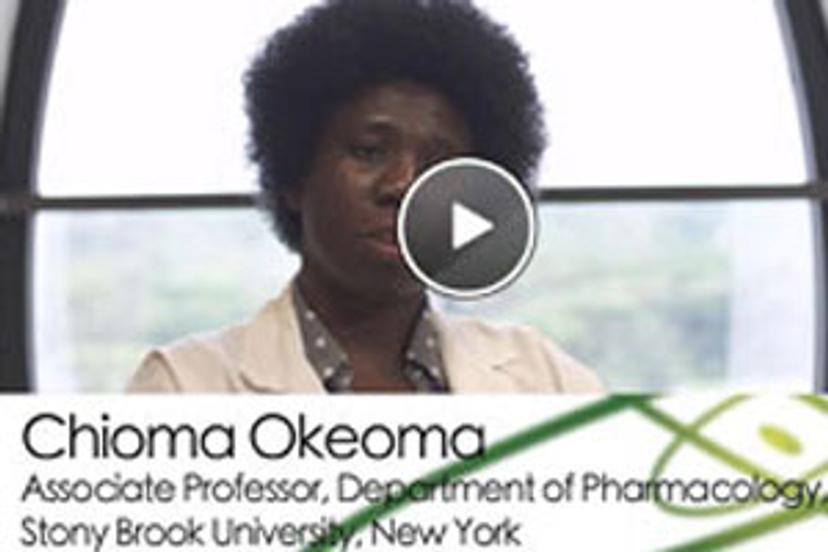
Novel molecular drivers: An exciting new biomarker and therapeutic target
Scientists at Stony Brook University are working on a newly identified oncogenic driver of breast and ovarian cancer: Tetherin, also known as BST2. According to Dr. Chioma Okeoma, their research shows so far that its expression is much higher than HER2, ER, or PR in breast cancers, and this appears to be independent of the subtype, including triple negative cancers.
“Instead of screening for these markers, we could simply ask what the level of BST2 in the tumor is,” Dr. Chioma explains. Watch this video to find out how they’ve used the automated imaging system of the Lionheart FX, by BioTek, to unpin many of the structure-function relationships and kinetic properties of BST2 in breast cancer.
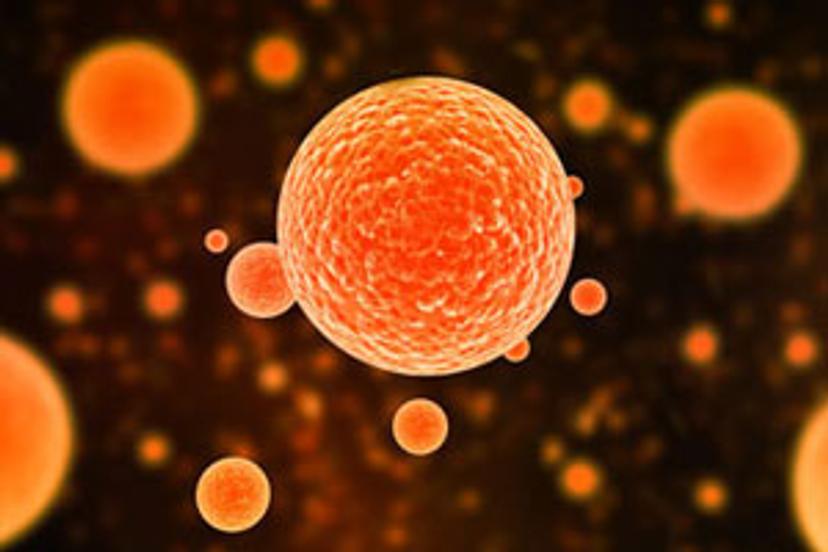
Cellular sensors: A new way to quantify protein expression and monitor response
Chemical engineers have developed a sensor that detects subcellular levels of hydrogen peroxide, to determine the effectiveness of chemotherapies in patients. The study showed that hydrogen peroxide levels are unchanged in resistant tumor cells, suggesting this chemical tool could be used to monitor resistance. Discover more in the full article.

Artificial intelligence: Enabling better therapy decisions
In the current digital age, healthcare is beginning to enter the realms of artificial intelligence. With so much data to gather and analyze from each patient’s tumor, it comes as no surprise that deep learning tools are being developed with cancer diagnostics in mind. Scientists from MIT are using a technique called ‘reinforced learning’ to train a computer program called DeepMind, to better define the necessary doses of chemotherapy for glioblastoma patients. Read the full article here.

Where next? A final word from precision medicine pioneer, Dr. Brian Druker
Dr. Brian Druker is heralded as a pioneer in personalized medicine. His research led to the discovery of Imatinib for chronic myeloid leukemia; transitioning the disease from a 3-5 year life expectancy, to a normal lifespan. With a pertinent focus on unlocking the molecular secrets of cancer, in this video for The Scientists’ Channel, Druker explains why, and how, advances in technology, particularly in data management, are so crucial.

